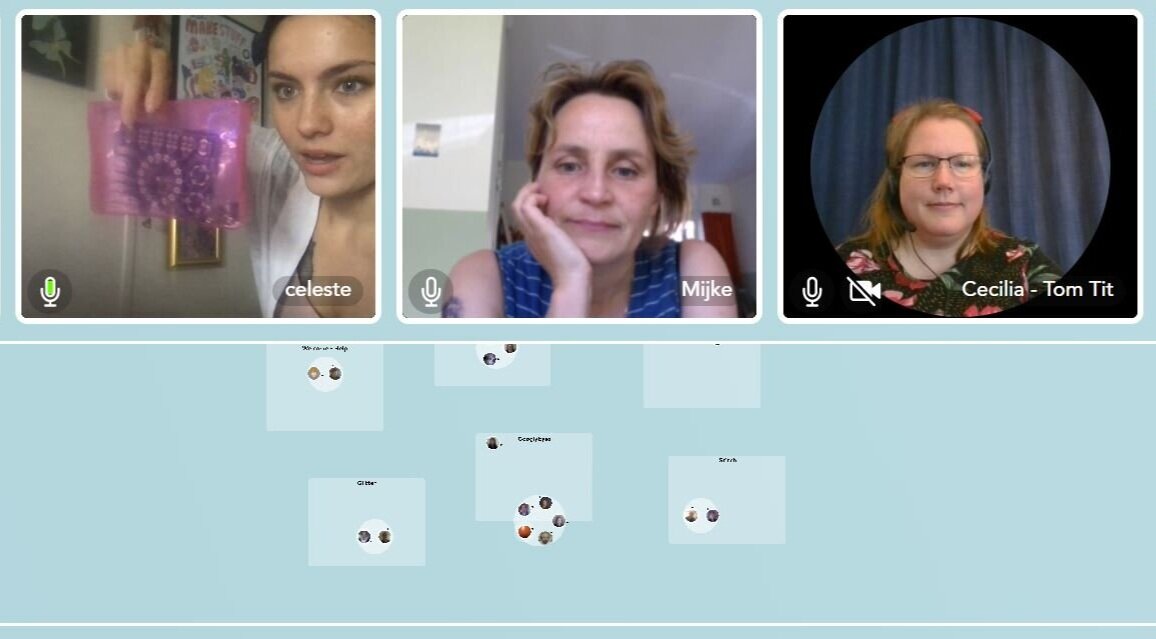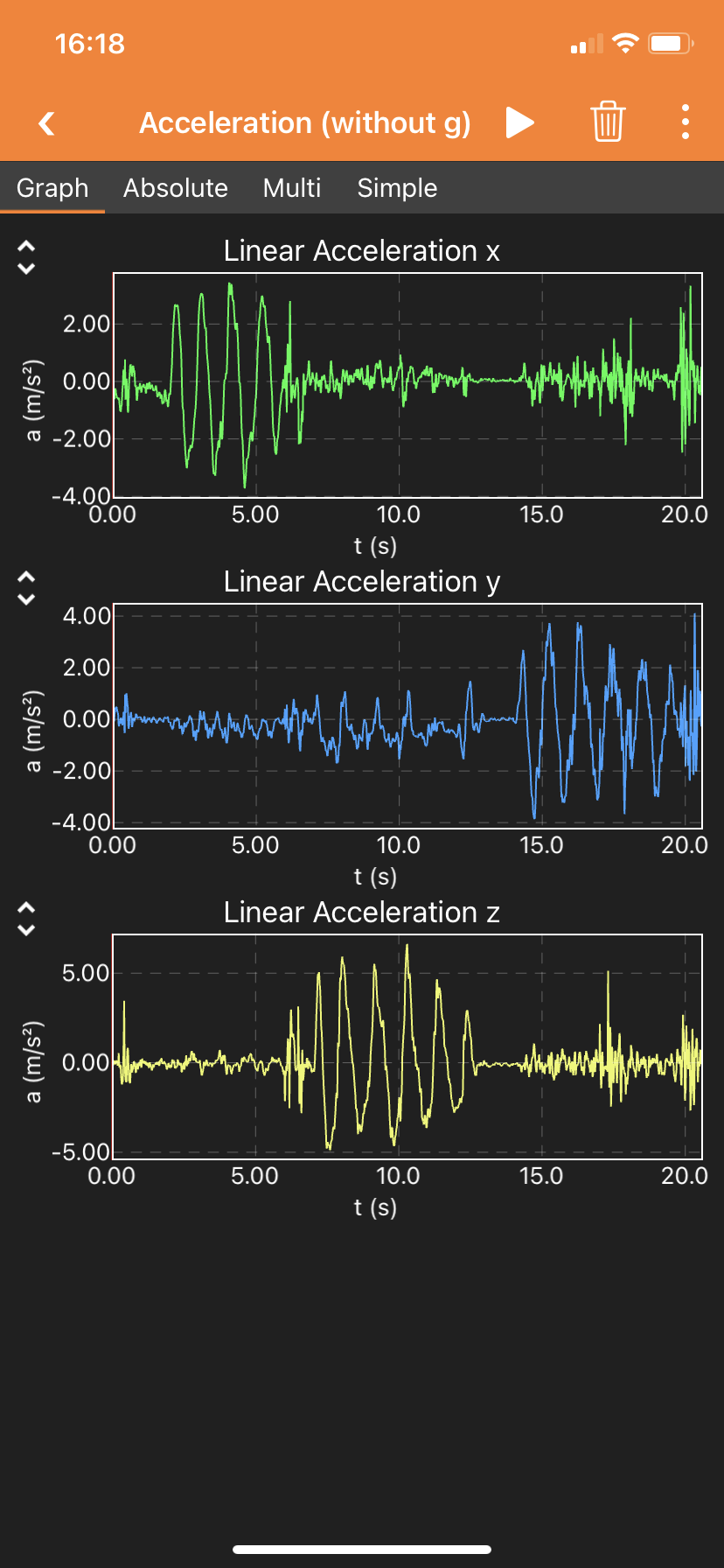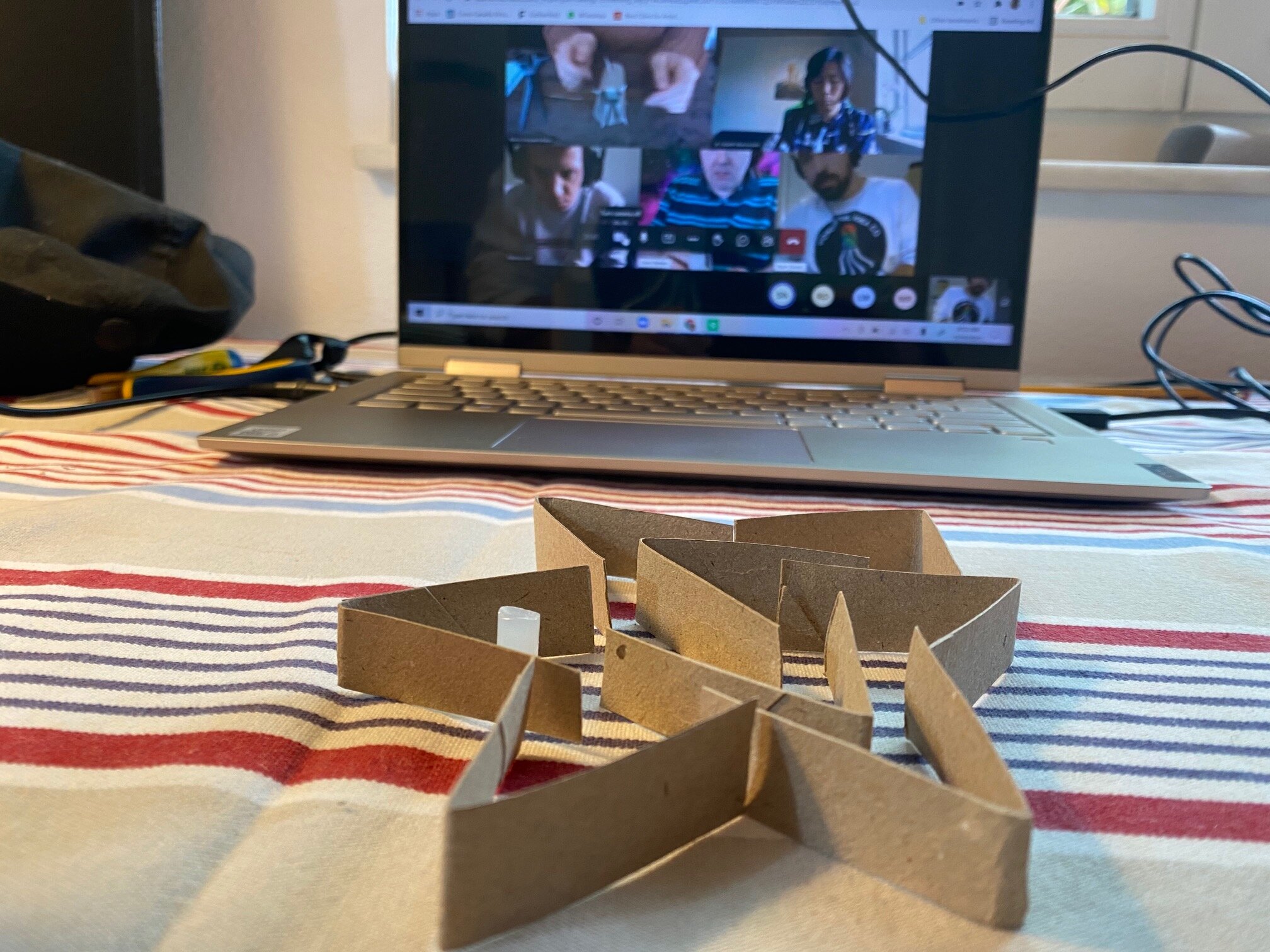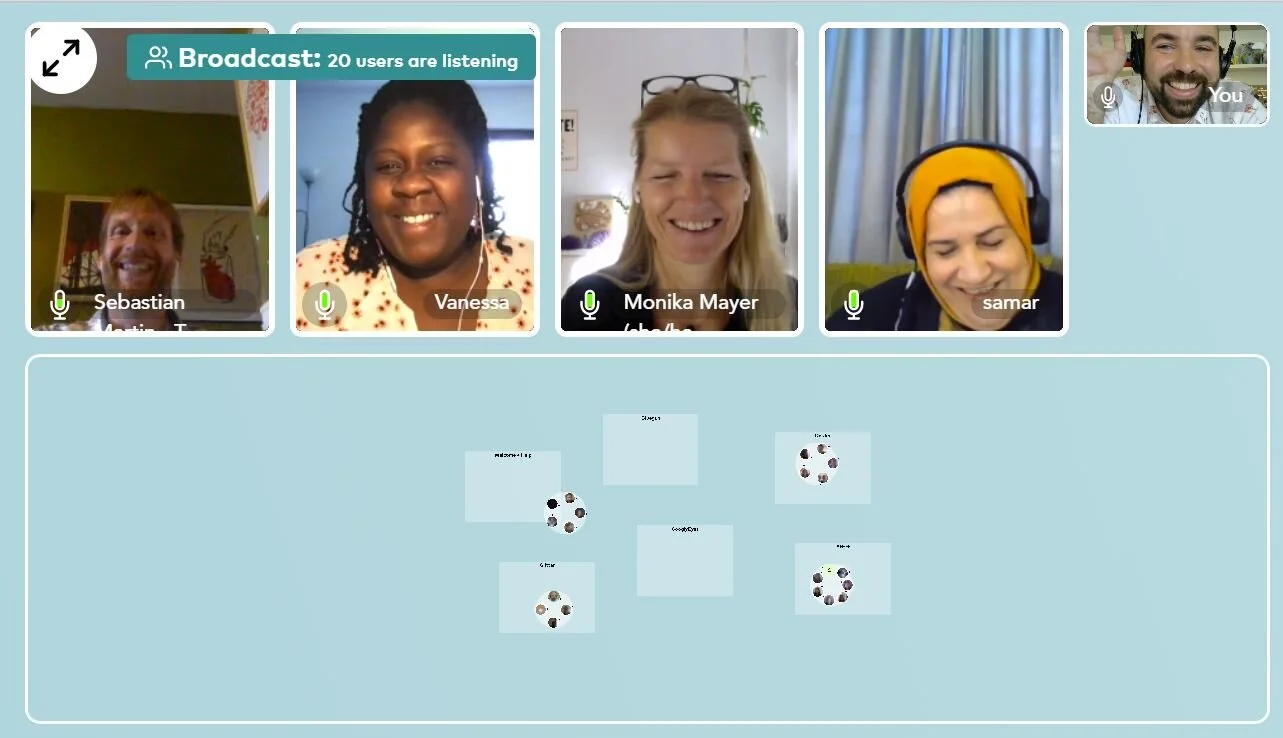Ecsite 2021 Makerspace Happy Hour
At the virtual ECSITE conference last week there were many sessions that delved into different aspects of the world of making and tinkering including environmental prototypes, inclusion and equity, digital projects, art/science connections, online facilitation and more.
I wanted to spend a bit of time reflecting on a “digital happy hour session” that we organized as a social event on thursday night. We used a fun spatial meeting platform called Wonder where participants could move an avatar/icon around the space and join small conversation circles.
There are limitations to zoom and other standard conferencing platforms for open learning because they are usually set up as a more directed experience controlled by the meeting moderator. Although we’re still in the early stages of figuring it out, we see potential for platforms like Wonder, Topia and Unhangout to offer participants more freedom and choice!
Before the session, we invited our planning team (Sebastian, Vanessa, Monika and Samar) as well as workroom participants from our spring sessions to bring a “spark” to share. These informal provocations and conversation starters included tours of home makerspaces, DIY marble machines, activity examples and technology demos.
As well, to engage participants in a bit more structured experience, we divided the space into ‘rooms’ with tinkering themed titles and asked everyone to identify their favorite materials as an ‘icebreaker’ before entering the spatial environment. We also created a room called ‘welcome and questions’ that people could go to if they felt lost and meet a facilitator.
It was just a 45 min session, but this initial prototype gave use the chance to make a few observations about the experience. On the positive side, it was easy for people to start conversations, the platform was interactive and everyone could connect, share ideas and ask questions in an informal setting. However, we also thought that it was a bit confusing for some especially if they joined the session after the first announcement, there were some technical problems and I thought that although it was possible to move around and chat most people stayed in a static breakout room the whole time.
Since this was a first experience trying this new platform, it’s important to reflect and think about what we might experiment with next time. I think that their could be more structure throughout the session to model how to interact and engage on this platform.
This could take the shape of modeling, direct broadcasts or ‘digital environmental cues’ like more evocative or prompting room labels. As well, I think the time scale of the experience might make a big difference in how people interact. What would it have been like if this room was open over the course of all three days with several ‘events’ throughout the conference?
If we can figure out more ways for people to collaborate, deeply engage and experiment online that will have many implications even after this pandemic period. We also would be really happy if other colleages tried new platforms like wonder and shared their experiences with our community of practice.






